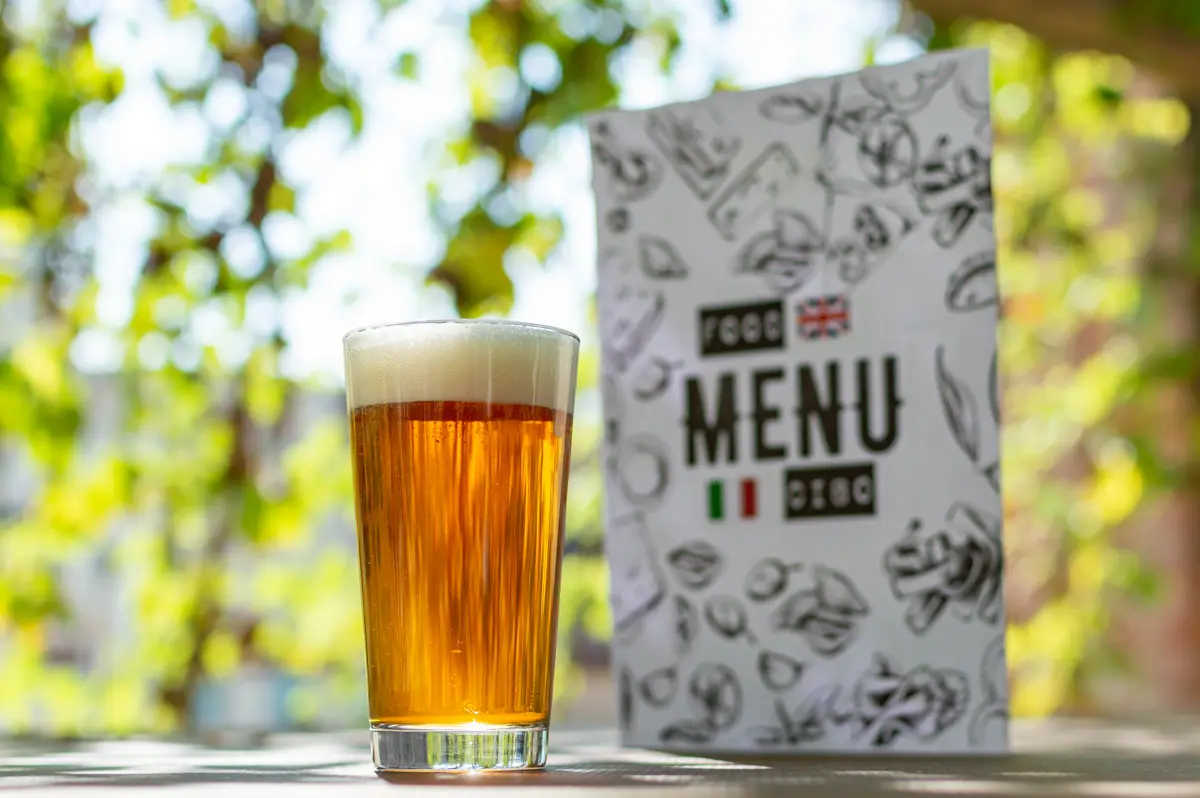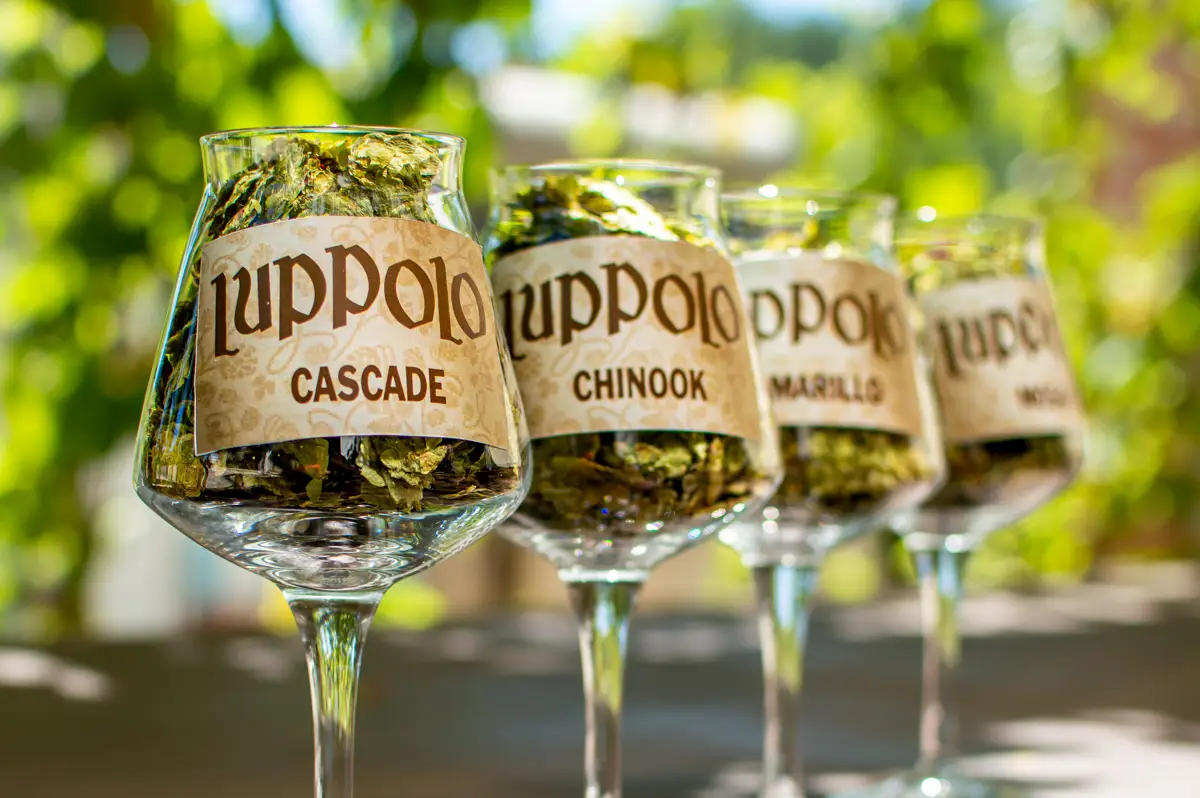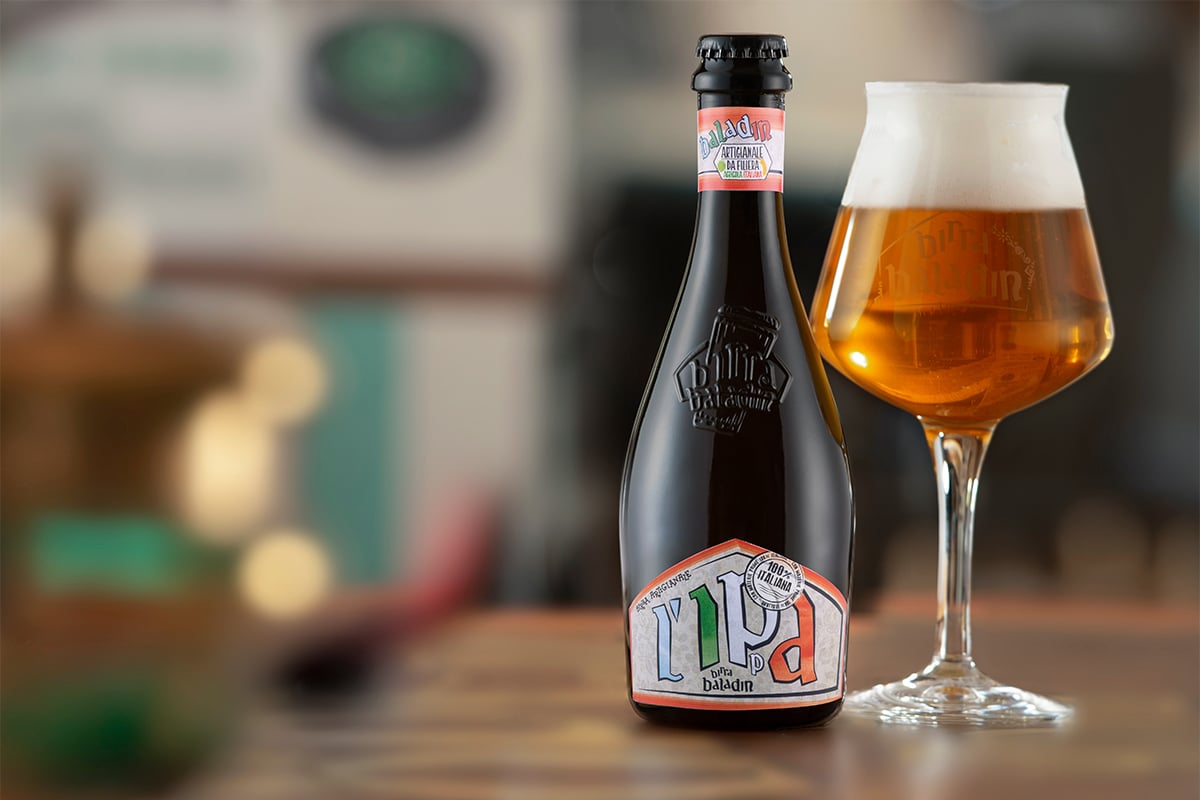Pairing IPAs and food: a few suggestions

For about a decade, IPAs (India Pale Ales) have been the beers that have driven the craft beer revolution, giving global fame to craft breweries and their products.
SUBSCRIBE TO BALADIN NEWSLETTER
Is the flavor (too) strong?
Intense and impressive hoppy aromas, with notes ranging from citrus, yellow-flesh and tropical fruit to sharp resinous scents are perfect to shock newbies and let them discover new worlds with their senses, but let’s not forget that every coin has two sides.
These beers have two downsides: the distinctive bitter taste - not everybody’s cup of tea - and the fact that they are not easy to pair with typical Italian dishes. The most recent trend, i.e. the rise of IPAs with richer scents, but not as bitter as they used to be, is making these beers more approachable for people who would normally avoid them. With a touch of wisdom and an open mind, they are perfect to create amazing pairings with food.
Exotic pairings
Often the solution hides in the words: IPAs were created in the 18th century in England with the name October Ales. Their popularity in the largest British colony of the time changed their name into India Pale Ales. One of the reasons why they were particularly appreciated in India, in addition to their fragrant and hoppy taste, probably lies in the fatal attraction between IPAs and Indian food.
The opulence of ghee - the clarified butter that make samosas and fried vegetables taste so amazing - is perfectly counterbalanced by the bitterness and alcohol content of an IPA. The same is true for sweet chutneys, where mango, passion fruit or pineapple create a wonderful harmony with the aromas of the hops.
Fresh coriander, asafoetida and lemon grass, commonly used in Asian cooking, blend wonderfully with the distinctive hoppiness of these beers.
IPAs are not advisable with fatty fish, such as salmon, because the combination between the fatty acids from the fish and the bitterness of the hops creates an unpleasant metallic taste. However, leaner creatures from the sea, such as snapper, sea bream and sea bass are much more suited to IPAs, provided they are cooked with a curry and coconut milk sauce.
Lamb and chicken curries, such as the popular Tikka Masala, are great candidates, thanks to the aromatic similarity of their spices and the contrast between the buttery richness of the sauce and the alcohol and bitterness of the beer.
Italian pairings
If we look at Italian traditional dishes, we can exploit the affinity between the resinous pungency of IPAs and the pungent taste of fresh garlic, pepper and chili: garlic, oil and chili spaghetti, pici all’aglione or tonnarelli with pecorino cheese and pepper immediately come to mind.
More and more pizza parlors offer a selection of craft beer. If we go for an IPA, a good idea is to pair it with pizza with pepperoni, a spianata salami or nduja.
Two classic examples of Italian street food, arancini and supplì, can be pleasantly supported by a citrusy IPA. A surprising combination is with smoky food, such as bacon, guanciale, provola or scamorza. The bitterness of the beer is a nice contrast to the smoky notes and the saltiness of cold cuts or cheese. The sweetness of cheese instead, emphasizes the maltiness of the beer, which is usually overwhelmed by the hops when we drink an IPA on its own.
IPAs, burgers and meat
The comeback of hamburgers, often served in expensive gourmet versions, has made the classic combo between burgers and IPAs a bit of a cliché. However, to be really successful, this combination needs some glue to create a connection with the aromas of the beer, such as mango sauce, mayonnaise or aiöli with strong citrusy notes, or a sprinkle of Sichuan pepper. The presence of these connecting tastes (thyme, rosemary, zest, sage and garlic are other alternatives) makes an instant success of pairings with meat dishes such as roast chicken, oven baked or pan seared pork fillet, or BBQ entrecôte.





